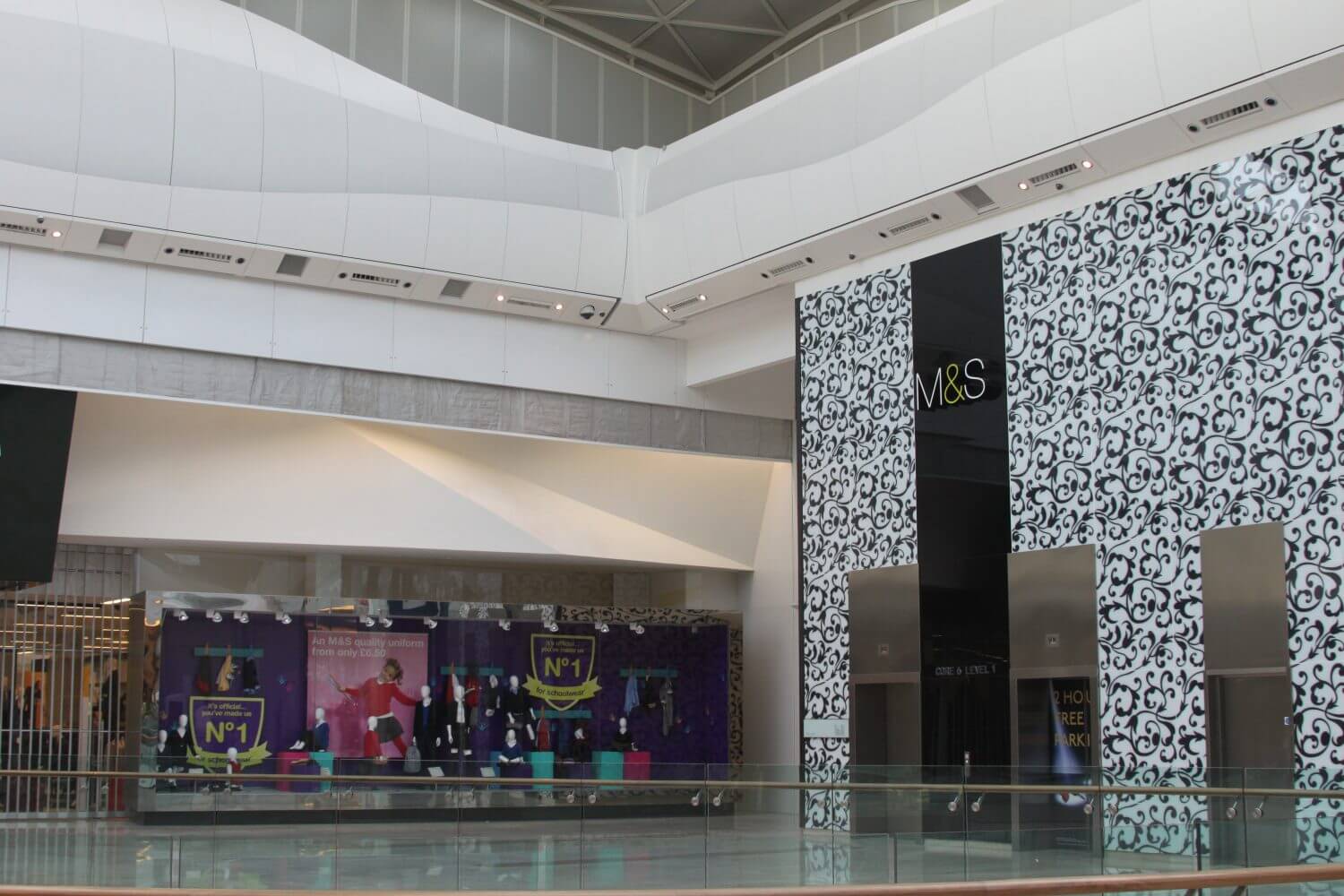
A Fire Curtain is an extremely strong piece of fire retardant material that remains discreetly suspended from a ceiling, hallway, or entryway until it is lowered when the fire or smoke alarm is activated/triggered in a building. At this point, the fire curtain system becomes a barrier between the fire and the escape routes that residents of the building are expected to use during an evacuation. In this sense, it is essential that the flames spread laterally or vertically or impede them and endanger people’s lives. The fire curtain manufactures at NAVAIR are attributed with an intricate finish and supreme quality that caters to all safety standards and efficacy.
One of the main advantages of fire curtains as part of a building’s security regime is that they can generally be found in multiple areas of a building. For example, a fire curtain system can be used as a replacement for non-load-bearing wall and fire-resistant glazing, allowing open building designs to comply with applicable regulations. In addition, elevators and hallways can be protected by vertical curtains that prevent smoke and flames from spreading through the shaft.
SAFETY STANDARDS
It is important to comply with global standards for the fire curtain installation, specification & maintenance of fire curtains. Unfortunately, many are not yet aware of the rules, so NAVAIR tasked with overseeing the safe operation of their vessel run the risk of falling from its depths in the event of a fire.
NFPA 80 was published by the National Fire Protection Association and is the standard used by designers and contractors for fire doors and other opening protection devices. The standard governs the installation and ongoing maintenance of a fire curtain.
British standard BS 8524 was first published in 2013 and consists of two parts: Part 1 for the specification of the fire curtain and Part 2 for its installation and on-going maintenance. In an ideal world, a greater understanding of these standards would ensure that only the highest quality products are installed and that a proper maintenance system is in place.
NFPA 80 and BS 8524 very clearly emphasize the importance of ongoing maintenance. Fire Curtain Regulations, tests and scheduled maintenance must be performed annually to ensure that the barrier assemblies are operating and operating efficiently. BS 8524 requires that they be performed by “a competent person who can verify and confirm that the barrier assemblies are functioning and function effectively when necessary” and that all such tests are accurately recorded.
In accordance with NFPA 80, these inspections must be performed by a qualified builder or property manager. “Qualified person” is defined in NFPA 80 as “a person who has demonstrated an ability to deal with the subject by having a recognized diploma, certificate, professional status or ability and who has demonstrated through knowledge, training, and His experience.” , the work or the project. “It is also the responsibility of this person to keep records for their review.
FEATURES